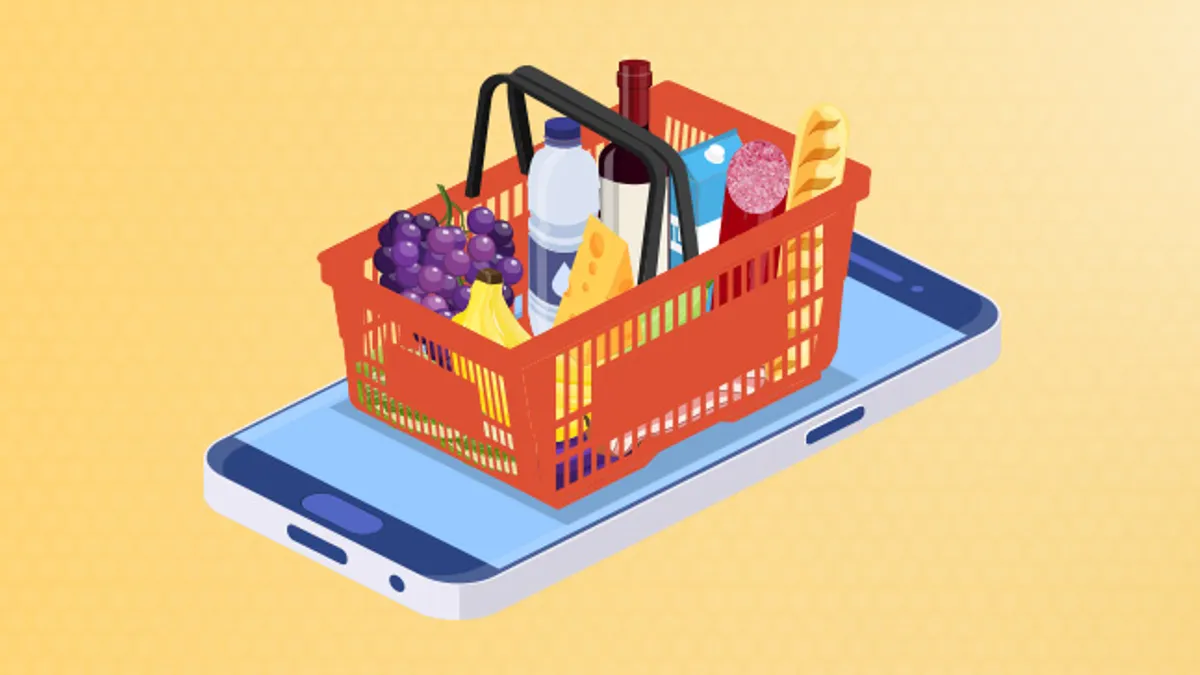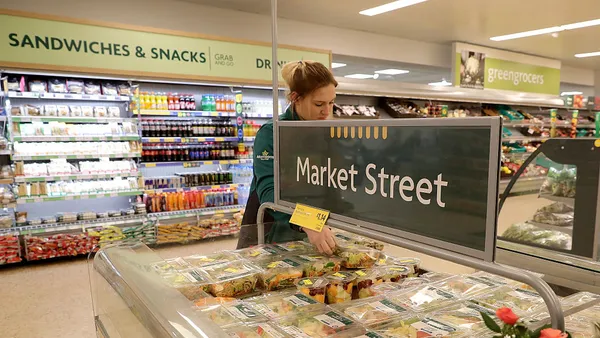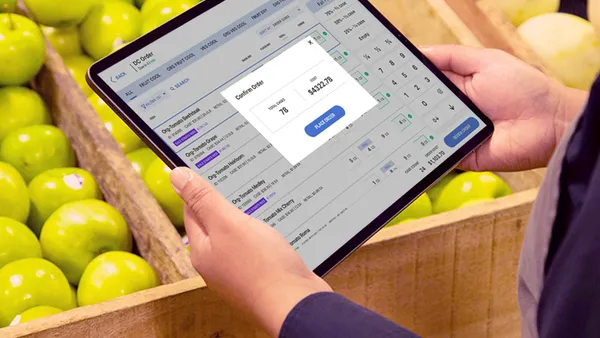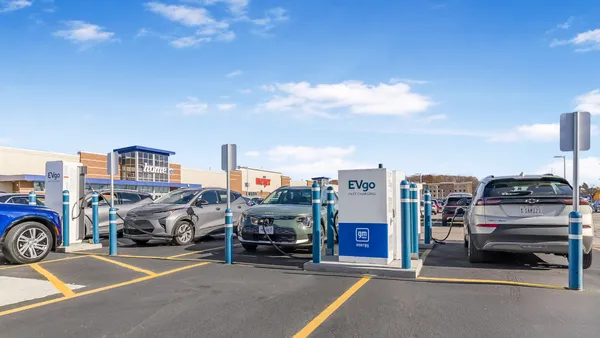Recent changes to society may have permanently changed the way consumers buy their groceries and how grocers respond to demand. For instance, many grocers have reconfigured their stores to accommodate online ordering and click-and-collect grocery pickup. The shift in consumer behavior has created several challenges for grocery stores, including inventory management issues, new sanitation requirements, and long checkout lines.
To meet changing consumer behaviors, grocers will need to adjust. Some of the main areas of change include: click-and-collect online ordering technologies, contactless payments, and modern inventory management solutions. Many grocers are already using these systems but lack a unified platform to enable seamless transactions.
In this article, we'll explore five ways grocers can implement a secure and effective click-and-collect and unified transaction strategy.
1. Break Down Technology Silos
Consumers want an easy checkout process, but meeting shoppers' expectations in an omnichannel world was already challenging prior to the introduction of social distancing as a societal norm. The spike in consumer demand combined with an increase in online orders for delivery or curbside pickup creates additional challenges.
Many grocers struggle to connect their IT systems properly because they come from multiple vendors. Often, the systems used for online ordering versus in-store are separate and don't connect with one another properly, causing grocers pain. Siloed technologies lead to inefficiencies that can hurt productivity, negatively impact consumer satisfaction, and increase IT maintenance costs. A new omnichannel commerce solution called ECRS' Unified Transaction Logic breaks down these silos by connecting all critical areas of a retail operation in real time, including:
2. Optimize Inventory Management
Out-of-stocks are a common occurrence for many products during times of increased demand. Many grocers struggle with outdated inventory management systems that fail to offer a single view of a merchant stock, at any given time. In fact, grocers only have visibility into about 60% of their inventories. Solutions that deliver real-time visibility into stock levels help grocers improve inventory utilization. Key strategies to optimize inventory include:
- Increase visibility: Boost inventory transparency by providing workers with devices that have sophisticated data-capture capabilities with the mobility and simplicity of a smartphone.
- Reduce out-of-stocks and overstocks: Mobile computers empower store associates with valuable information, enabling them to easily scan shelves, look-up inventory status, quickly replenish out-of-stock merchandise, and identify slow-selling or obsolete products.
- Limiting purchase quantities: Set limits on high-demand items to curb hoarding, limit returns, and maintain a high-level of sanitation in your facility. Allow customers to see real-time inventory levels, before placing their online orders.
3. Enable Click-and-Collect Purchasing
The ability to order groceries online for pickup has become an invaluable service for grocers as they try to minimize in-store traffic and contact with consumers. Keys to a smooth click-and-collect program include:
- Tablets and Handheld Computers: Handheld mobile computers, tablets and scanners help workers locate and pick products from shelves, receive stock from a distribution center and quickly prepare merchandise for customer pick up.
- Mobile Printers: Printing on the go allows workers to label packages at the point of use to increase efficiency.
- Ring Scanners: Single-finger rugged Bluetooth ring scanners provide light-weight mobility for fast, reliable order picking when paired with ECRS' PickAssist technology and a mobile computer.
4. Frictionless Point of Sale
In a recent Mastercard survey, 51% of U.S. consumers said they are using cashless often or not at all since the pandemic began. The move away from human-assisted transactions means grocers must adopt reliable, user-friendly technologies to ensure consumer satisfaction, and minimize checkout delays and maintenance costs. Contactless options to consider include:
- Grocery Scanner / Scales
- Handheld Scanners
- Self-Checkout + Fixed Mount Scanners
- Mobile Point of Sale
The Benefits of Self-Service
- Customer Autonomy: Using a self-service unit empowers customers to complete transactions and reduces the need for human contact.
- Maximized Efficiency: Whether at the checkout or the deli, self-service units are designed to bust up long lines, maximizing speed and efficiency through a user-friendly interface.
- AmbDex Item Scanning: Allows customers to naturally scan and bag two items at a time, fostering a more comfortable scan-to-bag flow.
5. Keep it Clean
Grocers have emphasized the need to protect consumers and employees during a public health crisis. Demonstrating a commitment to sanitation is an essential step that grocers must take to reassure the public that their stores are safe.
- Turn off and/or disconnect the device from AC/DC power before cleaning and disinfecting.
- Verify that cleaning agents are approved for the device.
- Don't spray or pour chemical agents directly onto the device.
- Don't allow liquid to pool.
- Disinfect all parts of the device. Don't forget cradles, cords, and chargers.
- Allow the device to air dry before use.
- Use reliable scanners that are designed to minimize contamination, such as housings with few holes or exposed screws that could collect dirt and germs.
Consumers are depending on grocery stores more than ever before. The latest contactless payment and click-and-collect solutions can help managers, owners and front-line workers deliver the service consumers expect during these challenging times.
For more information on how to take the next steps to implement a seamless, fully integrated platform, contact ECRS at 800-211-1172 or visit www.ecrs.com.










